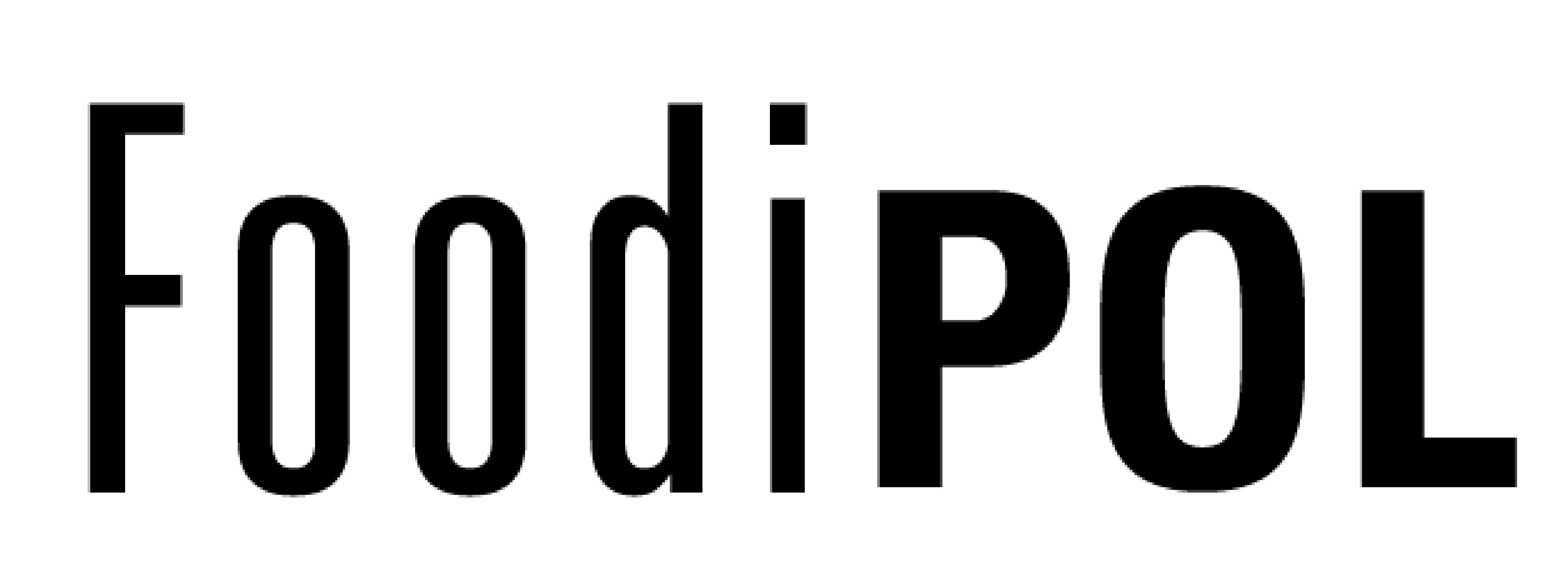Sorry, “the best chocolate” doesn’t exist
People keep asking me “which is the best chocolate on the market?”
Working in marketing, I’ve been selling this for a while, “the best chocolate.”
Sorry to break it down for you, but: It’s a lie.
You swallowed the truth pretty good so far. It’s getting better from now on. Let me tell you why you don’t want there to be a best when it comes to chocolate: you would limit your experience.
Our taste is changing and so is the chocolate market
Imagine your favourite song from your favourite artist, let’s say, back in the 90ies. Yes, good times. But as we still might enjoy the songs from years ago, new artist have come along since then. Some of our favourite singers, rappers and bands have evolved (others disappeared for the good). Imagine, if you never have listened to anything else but 90ies music ever since.
Craft chocolate or the fine flavour sector of chocolate is still young and only at its beginning. Because many small chocolate makers are disrupting a market now that has been dominated by big players for long.
You might have come across a chocolate bar that is different from what you have known before. Or you might have already discovered craft chocolate for you and are looking for the holy grail? The best brand? The best bar? Don’t.
Every origin has its own flavour
Well, this is a broad subject I will dedicate an own article soon. But for those of you unfamiliar with the term single origin – you may think of it like terroir when it comes to wine. When we’re talking about coffee, it’s also very common to know where our beans are originated from. For cacao, this is still new, though the environment plays a major role for the aroma and taste of a bean.
For example, cacao from Madagascar has distinct vanilla aroma. Piura in the north region of Peru is known for its fruitiness, while dry African regions like Tanzania can have an earthy taste, and it’s closer to what we know of a chocolate taste. Because most chocolate comes from Ghana and Ivory Coast, and that is the chocolate taste we’ve been used to and grew up with. When you then taste a Vietnamese chocolate for the first time, you’d be surprised by the variety of flavours you have never been exposed to before.
Everything that plays into the flavour of a chocolate
- The Origin (climate, soil)
- The fermentation process
- The roasting
- The grinding
- The tempering and conching
- How much sugar you add
- What kind of sugar (or other sweetener)
- For milk chocolate: the milk (cow milk, buttermilk, goat milk, nut milks)
And the finished covertures you can still
- blend, mix with spices, herbs, nuts etc.
As you can see the variables are endless and so is going to be the end product.
- And last but not least: warehousing – can make or break a bean or a chocolate.
Each chocolate maker brings his own handwriting
Chocolate making is an art. Like a writer, singer or photographer, every creator wants to wake your emotions a different way. Every chocolate maker will bring his own handwriting and signature.
This piece of expensive craft chocolate that is now melting in your mouth? Someone has put all their passion into crafting this for you to enjoy. But I will tell you yet another secret: even chocolate makers do not have a favourite of their own. Because in a different mood, we’re seeking a different kind of comfort. As you have a different playlist for when you need to focus, when you are working out or are heartbroken, you seek another taste. How we taste things differ even during the day, depending on what we are eating and drinking. What might be your favourite to enjoy on a Friday night with a glass of wine is something else you want and need at 10 am at your desk.
Your next favourite song
There is so much more to explore in chocolate. Why would you limit your taste experience? Why would you want to find the best chocolate and stop there? Don’t settle. Chocolate is the easiest way to take our emotions on a journey. Close your eyes and wander …


